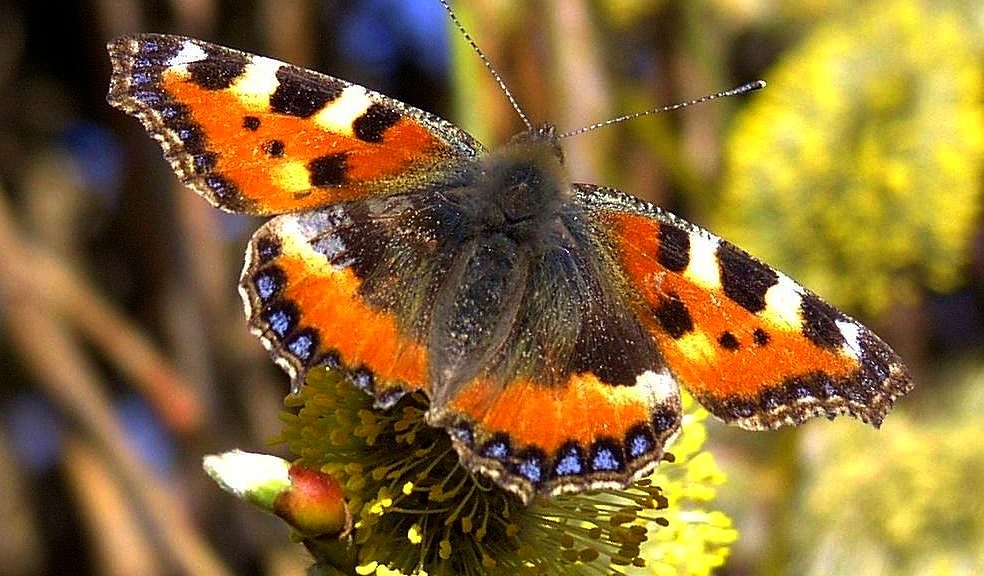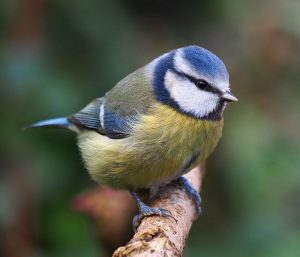Many of us spend a great deal of time and money travelling in order to view wildlife. Visits to animal parks or zoos and bird watching trips can take a toll on your wallet. Whale watching or bear viewing in Alaska really stretches the finances! If you appreciate wildlife then perhaps it is time that it came to visit you!
If you are lucky enough to have a garden then you can attract a surprising array of wildlife to your own property. Better still, you get to enjoy watching it in peace and without other people around you. We have all experienced those moments when an interesting animal approaches our viewpoint only for it to be scared off by a screaming child or a barking dog.
So how to you create the perfect garden for wildlife?
Bird Feeders and Bird Baths
Britain is blessed with a huge variety of native wild birds. If you feature feeders and bird baths in your garden then you will certainly attract many interesting and colourful species. Position your feeders and bath close to bushes and trees. These will enable the wild birds to take cover if they feel threatened and wil provide somewhere for them to survey the scene before visiting the feeders.
Keep your feeders clean in order to prevent the spread of disease and replenish the bird bath with fresh water as often as you are able. If there are cats in the neighbourhood then you may have to take measures to deter them from visiting your property.
Planting for Wildlife
The right planting will bring a wonderful array of creatures to your garden including bees and butterflies. Buddleia, verbena bonariensis, lavender and oregano are all fabulous inclusions if you want to see more butterflies in your garden. To encourage bees to visit plant hyssop, lavender, weigelia, sweet William and jasmine.
The Wildlife Pond
There is nothing which will attract wildlife quicker than a pond. This is best situated in a sunny position and away from overhanging trees as these will deposit leaves into the water. Link the pond to areas of long grass, rocks and logs to create a network of habitats that various creatures can move through when travelling to and from the water.
A wildlife pond should have an undulating shape and feature at least one shallow margin together with deeper areas of water. You should fill the pond with rainwater that you have collected or allow it to fill naturally in times of wet weather. Plant your pond with native species including oxygenators and floating plants. Include emergent plants which stand erect but which emerge from beneath the surface and plants that grow at the margins. Marsh plants which grow close to the water’s edge are also a great inclusion.
Your pond will have to be carefully maintained so you should seek the appropriate guidance in order to create and preserve a thriving pond. Your pond will bring frogs, newts, toads and a variety of insects to your garden. It will encourage more wild birds to visit and you could even see snakes and bats enjoying the wildlife habitat that you have created.
Making the Most of Your Garden
Your garden could be a magnet for wildlife. It can provide a wonderful haven for a vast array of interesting creatures and provide them with a valuable source of food and water. The natural habitats of many of our native animals have been eroded and so they require your support in order to thrive.


